what does the frame rate of a virtual reality headset indicate? Read this article and know the technical things about Virtual Reality Headset
Table of Contents
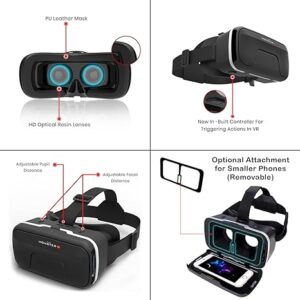
What does the frame rate of a virtual reality headset indicate?
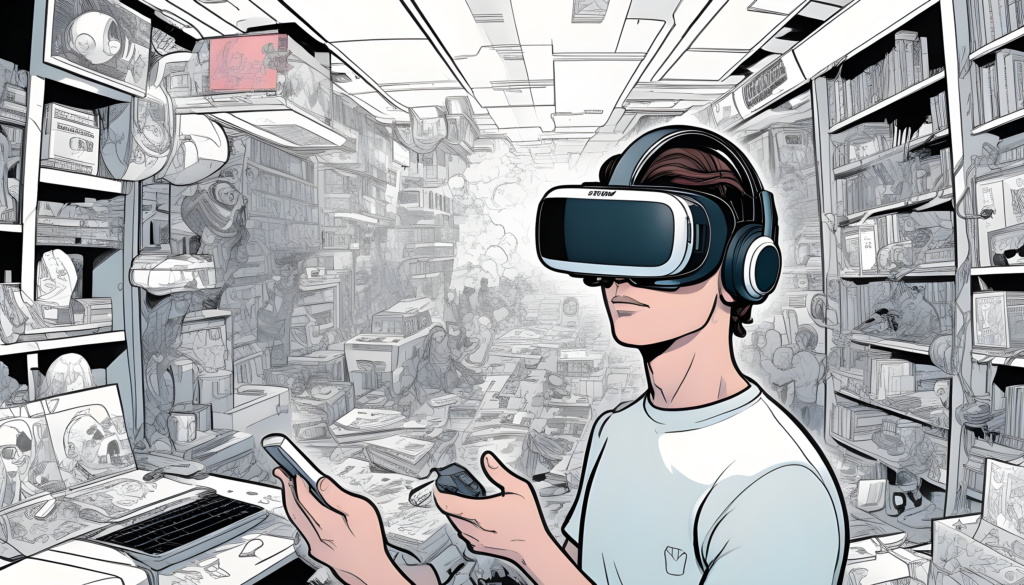
Unveiling the gist: Understanding the frame rate of virtual reality headsets
introduction
In the ever-changing landscape of virtual reality (VR) technology, one of the most important aspects that demands our attention is the frame rate of VR headsets. Frame rate plays an important role in the immersive experience that users encounter in virtual realms. This comprehensive blog post aims to unpack the challenges surrounding the frame rate of VR headsets, delving into its importance, impact on user experience, technology considerations and the evolving landscape of VR technology in the 19th century. The frame rate of virtual reality plays important role in Headset.
I. To define the frame rate of virtual reality in a virtual area
- Basic frame rate:
A study of the basic concept of frame rate in the context of VR. as different as it is under the uniqueness of traditional displays and their role in the expression of life-like experiences. - Frames per second (FPS):
Depth is in the standard metric for measuring frame rate. High FPS is the perceptual requirement of the human eye for smooth unlocking experiences.
II. Impact on user experience
- Motion sickness and discomfort:
Find the relationship between frame rate and user happiness. How low frame rates can lead to motion, discomfort, and a less immersive experience. - True and Available:
Investigate the role of frame rate in the realism and feeling of presence in virtual environments. How does a higher frame rate contribute to a more realistic and enjoyable experience.
III. Technical Considerations
- Hardware Limitations:
Investigating the effect of hardware capabilities on possible frame rates. The connection between GPU performance, display technology, and the headset’s ability to deliver high frame rates. - Optimization Techniques:
- Exploring numerous optimization techniques employed via VR builders and hardware manufacturers to make sure a smooth frame rate. This includes asynchronous timewarp, spacewarp, and different technology.
IV. Industry Standards and Innovations
- Current Standards:
- Examining the triumphing industry requirements for body costs in VR. Highlighting not unusual body price benchmarks and expectancies throughout distinctive VR systems.
- Emerging Innovations:
- Investigating ongoing research and improvement within the VR space aimed toward pushing the limits of body price. Discussing the capability effect of improvements in show technology, rendering strategies, and wireless connectivity.
V. User Preferences and Varied Applications
- Gaming and Entertainment:
- Analyzing the precise necessities of VR programs in gaming and enjoyment. How body charge affects gameplay, cinematic reviews, and normal person entertainment.
- Professional and Educational Applications:
- Exploring the unique needs of VR in professional and academic settings. How frame fee contributes to education simulations, architectural visualizations, and educational stories.
VI. Challenges and Solutions
- Hardware Constraints:
- Addressing the demanding situations posed by means of current hardware limitations. Discussing capability solutions and improvements at the horizon to conquer those constraints.
- Content Creation Challenges:
- Investigating the demanding situations confronted with the aid of content creators in maintaining top-quality body costs. Strategies for efficient content material introduction and development workflows.
VII. A view of the future
Expected technological improvements:
Speculating about future frame rates in VR. Discussing technological advances and their potential impact on frame rate standards.
Other technologies to integrate:
Discuss how VR frame rates can be combined with emerging technologies such as augmented reality (AR), tactile feedback, and artificial intelligence. The intersection of these technologies and their implications for participatory experiences.
The frame rate of virtual reality : conclusion
In conclusion, virtual reality headset frame rate remains a key factor defining the quality of immersive experiences it delivers From frame rate basics to its impact on user happiness, technology considerations and future products on the other hand, this blog post aims to cover this important aspect of VR technology Made sense as we move into the evolving landscape of virtual reality and frame rate is becoming a key metric of its potential results in virtual rituals the boundaries
-
Excel Shortcut Keys and Uses – Complete Guide for Office & Data Entry Jobs 2026
Spread the loveExcel Shortcut Keys and Uses – Learn Excel shortcut keys and uses in Hindi. जानिए Excel क्या है,

-
CCC December Exam 2025 Practice Set with important Questions | CCC परीक्षा की पूरी तैयारी – Computer, Internet, Banking
Spread the love📘 CCC December Exam 2025 की तैयारी के लिए best practice set। Computer Fundamentals, Computer का विकास, Generations,

-
100 important MCQs of Computer Awareness attempt Quiz and download pdf
Spread the love100 MCQs of Computer Awareness attempt Quiz and download pdf 100 MCQs of Computer Awareness attempt Quiz and








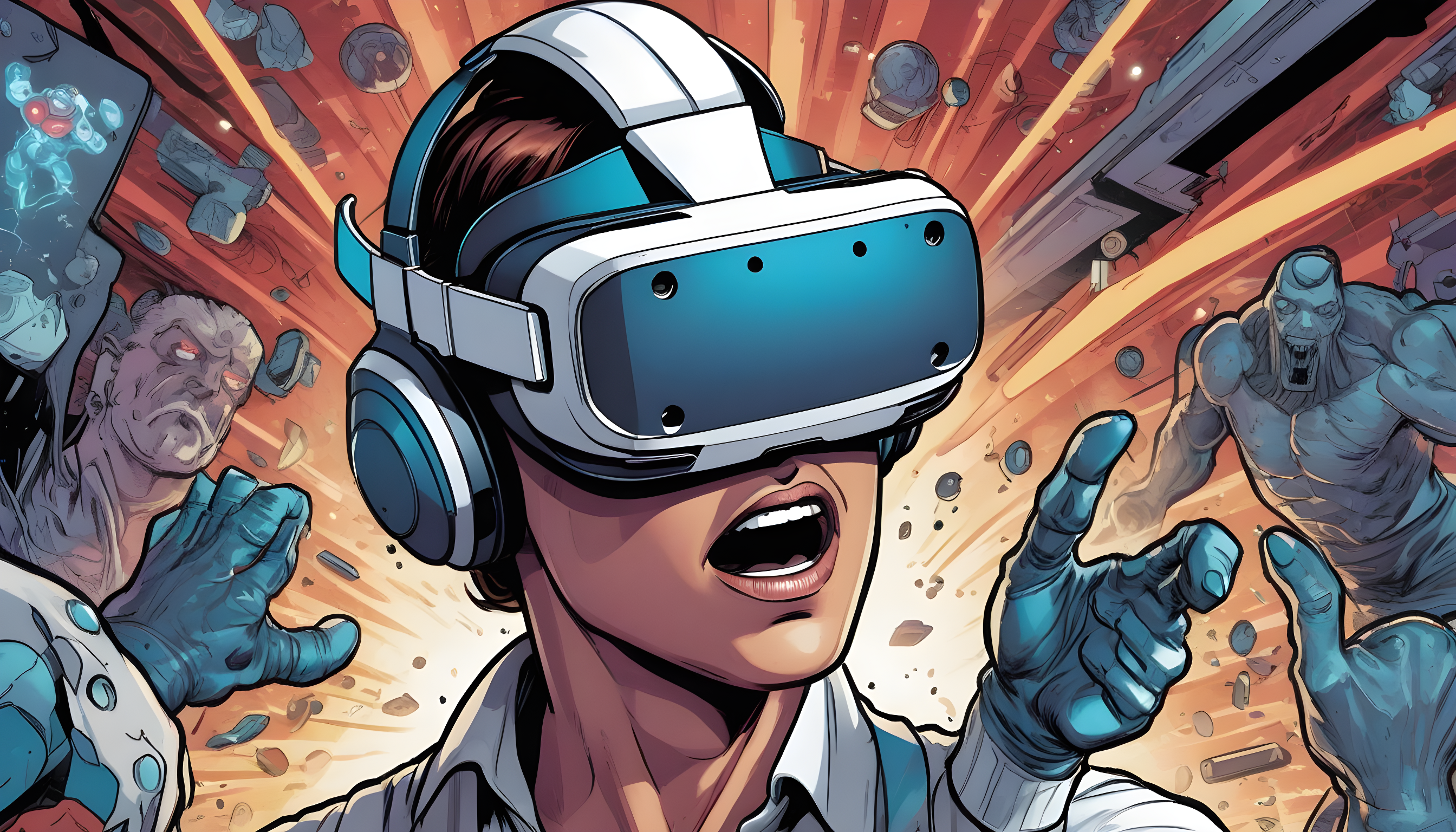


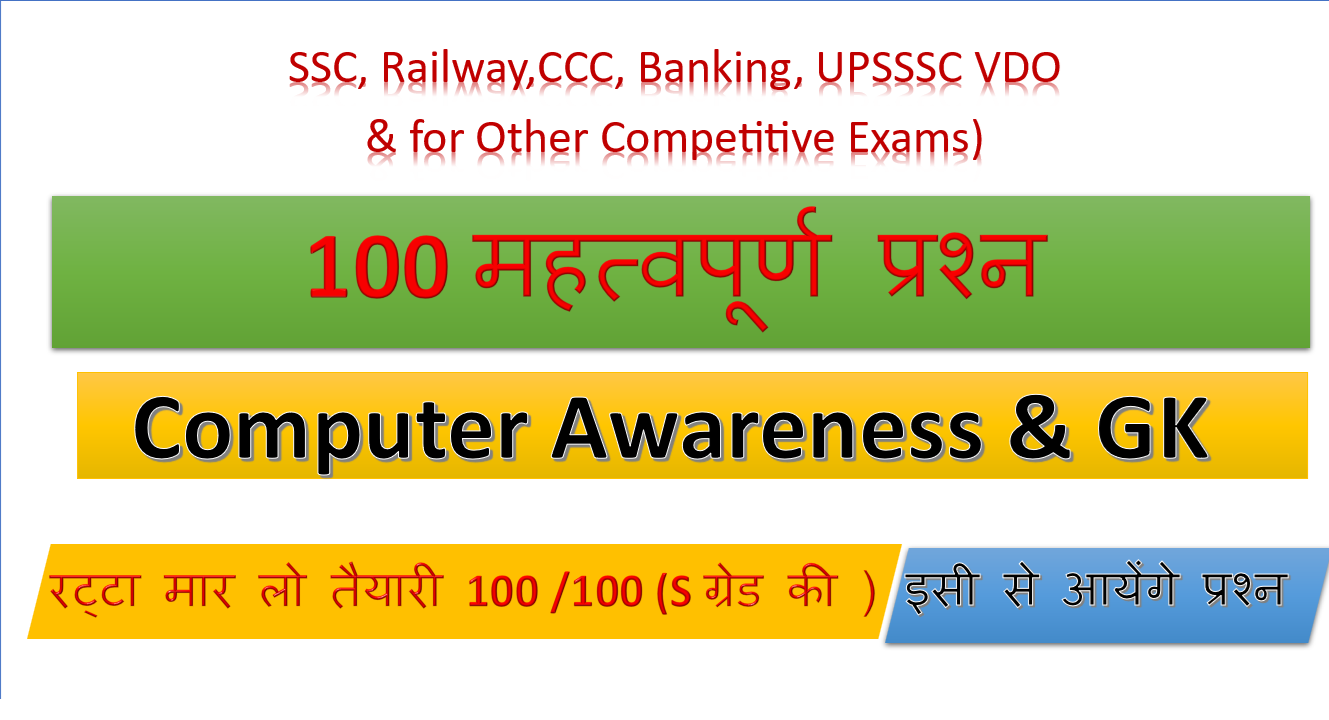


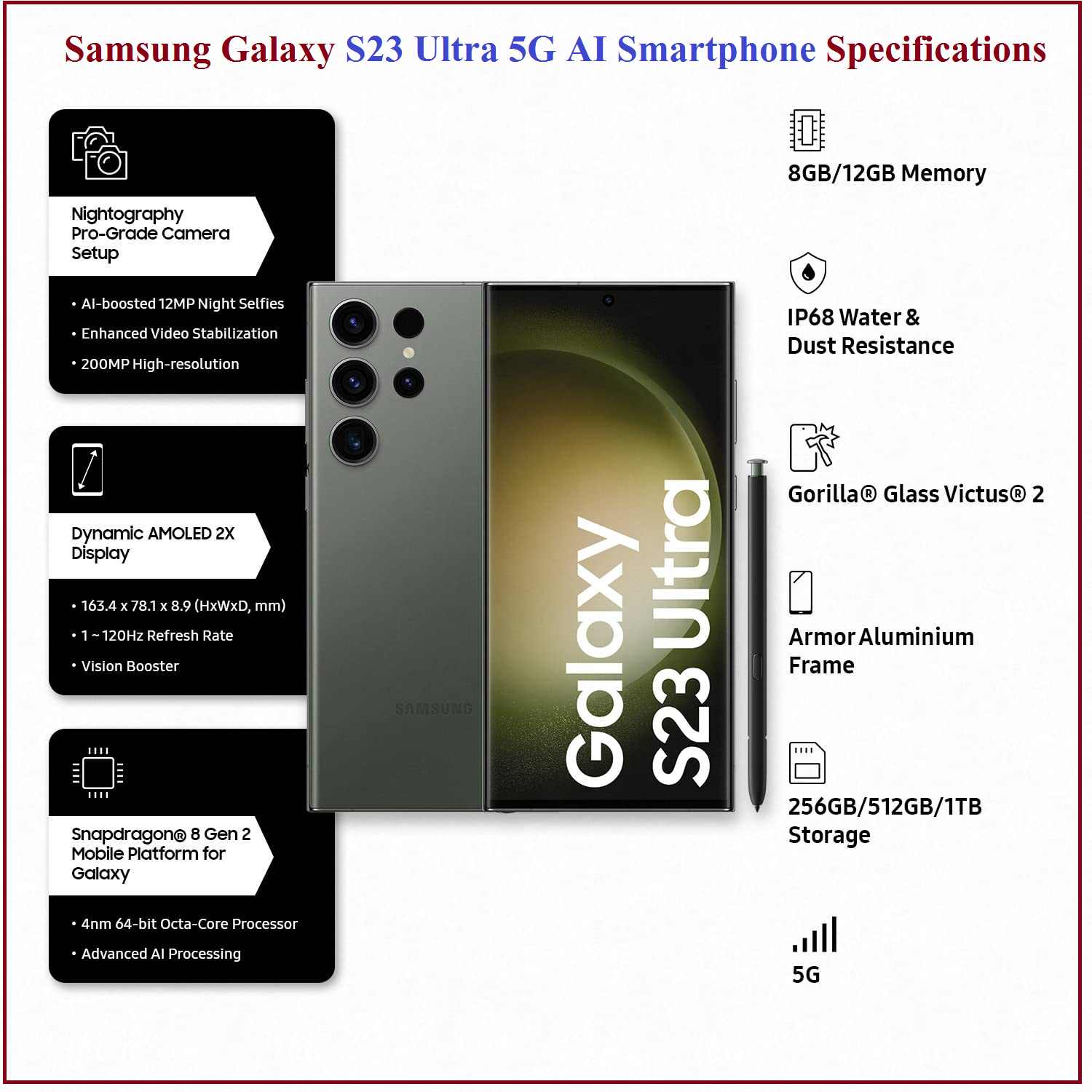
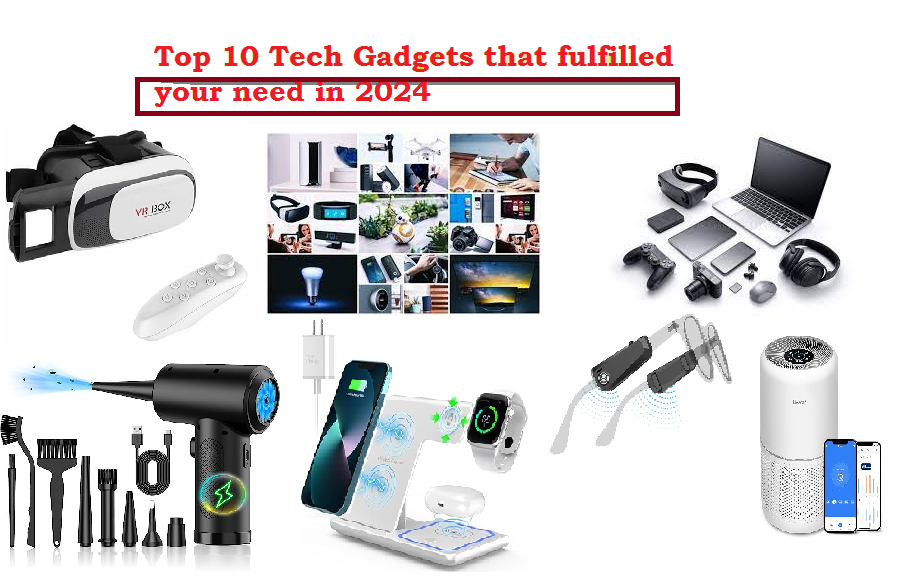
3 thoughts on “What does the frame rate of a virtual reality headset indicate? Important 6 fact, Pros & cons”